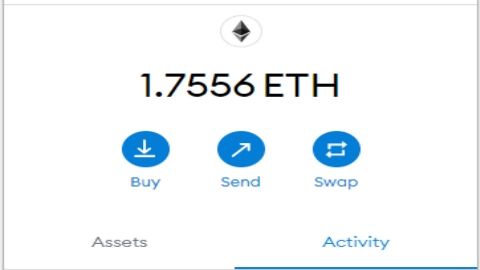If you are a bitcoiner, you must have thought about how Bitcoin can compete with banking exchange systems around the world, where billions of transactions are processed every year. Yesterday two Bitcoin programmers proposed a second layer solution called Coinpool, which in theory could radically change the scope of the number of transactions of this P2P network.
Through a proposal Disclosed in the email of the Linux Foundation and the group of Bitcoin Core developers, Ruben Somsem and Gleb Naumenko explained what Coinpool consists of, a protocol to confirm transactions outside the main chain of Bitcoin.
Currently, Bitcoin can process close to 300,000 transactions each day or about 7 transactions per second. In September of last year, the Lightning micropayment network processed nearly 700,000 transactions, with potential future growth that could be exponential, according to Arcane Research.
In any case, the demand for exchanges with bitcoin faces obstacles given the current state of the networks, either due to the number of nodes that contribute to exchanges in Lightning or due to the architecture of Bitcoin, which does not allow such rapid growth.
This is where Coinpool comes in, a protocol that would allow its users transact outside of the Bitcoin blockchain through a shared ownership UTXO.

A UTXO, acronym for unspent transaction output, represents an outgoing transaction that has not been spent. This unique transaction allows you to establish who owns each coin at the time of a trade.
For example, if Maria owns 1 BTC and wants to transfer half of it to Pedro, a UTXO will be created so that the new owner can decide what to do with his money (because the Bitcoin protocol thus shows who owns an unspent transaction). On her part, a UTXO is also created so that Maria can use the portion of BTC that she has left over in a subsequent transaction.
According to Somsem and Naumenko, the Coinpool protocol would allow many people to share the same UTXO and “make an instant off-chain connection”, so that transfers will be made “inside” the UTXO.
“Withdrawals could be made at any time without permission from other users,” they explain in the document. In addition, they suggest that this technology would allow accounts that are in a specific pool (or group) to connect with other pools, including the Lightning network, to pay or fund exchange channels in that other network.
Coinpool as an alternative to the Lightning Network
According to its programmers, Coinpool could be an alternative to the Lightning network, because potentially larger groups of people can be created through depositing funds into a single UTXOwhich has the potential to last longer than Lightning payment channels.
Let’s remember that the Lightning network uses payment channels that also need previous deposits to work and depend on nodes that redirect each transaction between the participants in the exchange.
“Ultimately this expands Bitcoin’s payment performance, through better use of block space,” they say. The idea with second layer payments is to take advantage of the properties of bitcoin, like electronic cash, through exchanges on networks linked to the main network.
According to the estimates of its developers, the protocol would allow all the people on the planet (7.9 billion people) to be distributed in about 1,000 Coinpool instances or groups. They consider that each group could maintain its liquidity for 6 months with a “perfect cooperation” of its participants.
They add that even with heavy use like the one they describe, they would only need, in that period of time, to redeem 100 entries or direct transfers in Bitcoin for each group, at a rate of 106 bytes per entry. So that they would only need 167 GB of space per year on the Bitcoin mainchain.
As optimistic as this proposal may seem, it is not far from other estimates related to the possibility that second layer networks of Bitcoin can process, with the right conditions, large numbers of transactions.
For example, Arcane Research calculated that, given the growth rate of the Lightning Network, by 2030 this network could process 1 million transactions per second (364 billion per year), much more than the 65,000 per second that Visa could process today. day and of which only performs about 1,700.
The truth of all this is that programmers believe that it takes at least a decade for something like Coinpool to be a fact of this magnitude, so we hope that over the next few years Bitcoin developers will be perfecting this idea, as happened before with Lightning. .
